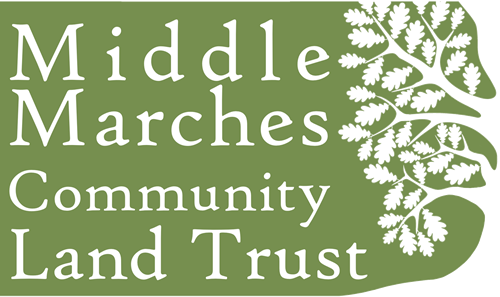Notes from the Hill
By Simon Cooter and the Natural England staff at Rigmoreoak (May 2020)
At the time of writing the government guidance is still to stay local and only to use open spaces near to your home to exercise and maintain your health. The rights of way on the Stiperstones National Nature Reserve remain open for local people to exercise, but dogs must be kept on leads at all times to ensure that social distancing is maintained, although at this time of year dogs should be kept on leads anyway, due to nesting birds and grazing animals.
For those spending more time in the garden due to the nice weather and lockdown, I’m sure you will have noticed some of the insects that are starting to emerge as the temperature warms up. On the hill some of the butterflies will now be on the wing, such as green hairstreaks and small heaths and the green tiger beetles will be patrolling the bare sandy areas. Both the adult and larvae are predatory, the fast running adults actively hunt down other insects, while the larvae live in a hole and ambush passing prey.
For those spending more time in the garden due to the nice weather and lockdown, I’m sure you will have noticed some of the insects that are starting to emerge as the temperature warms up.


On the hill some of the butterflies will now be on the wing, such as green hairstreaks and small heaths and the green tiger beetles will be patrolling the bare sandy areas. Both the adult and larvae are predatory, the fast running adults actively hunt down other insects, while the larvae live in a hole and ambush passing prey.
These dramatic events are also occurring in the garden and the creatures found around the home can be just as exciting. One lovely creature that I saw the other day was a zebra spider. These tiny spiders are in the family of jumping spiders and can jump 14 times their own body length, which sounds a lot but is actually about 10cm. They are completely harmless to us, but are entertaining to watch as they search out their prey.
They mostly eat small flies and midges so even the most arachnophobic person should welcome them into the garden. They are great to watch too whether hunting for food, sometimes much larger than they are, or interacting with other zebra spiders. Their courtship dance of the male is particularly endearing as they zig zag back and forth, waggling their stripy legs.
Another insect that can be found in gardens at this time of year is the red mason bee. This small bee gets its name from its habit of nesting in cavities between brickwork, although along with other solitary bees, it also happily frequents bee hotels.
Bee hotels can easily be made from bunches of old canes and bits of wood with holes drilled in them, all bundled into a frame (I have used parts of an old pallet for mine). The finished construction then needs to be put in a south facing sunny spot, then you can sit back and watch to see what moves in. You will know if you’ve got mason bees as they seal up the ends of the canes with mud once they have laid their eggs. Mason bees are a good pollinator of a variety of plants such as apple and pear trees, so again are beneficial to the gardener. The RSPB has a good “Build a bee B&B” article on its website.
So perhaps now is the perfect time to sit and look more closely at the wonderful creatures that are all around us, carrying out their fascinating lives right under our nose.
Happy gardening from Simon Cooter and the Natural England staff at Rigmoreoak.

